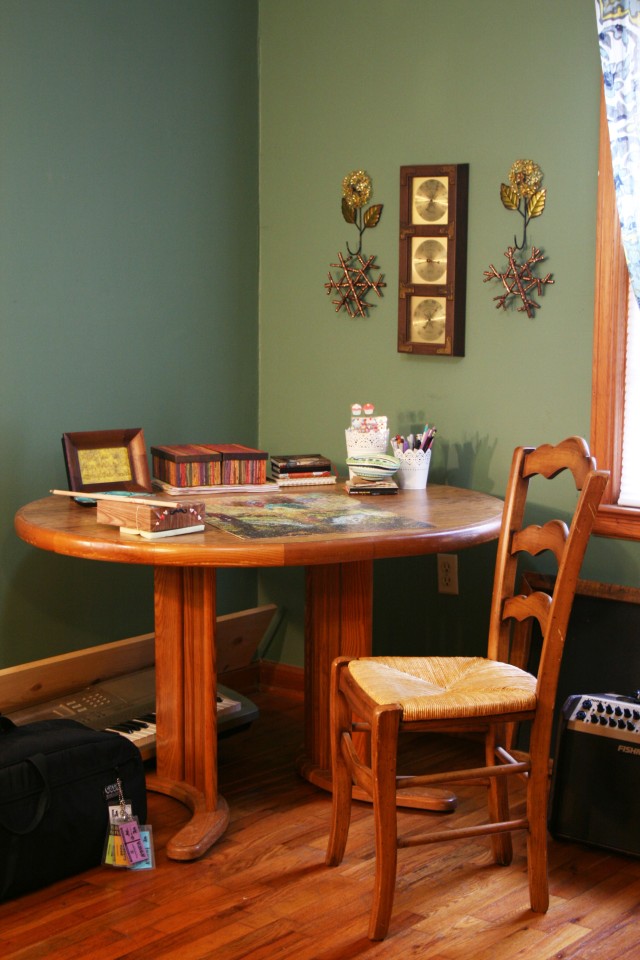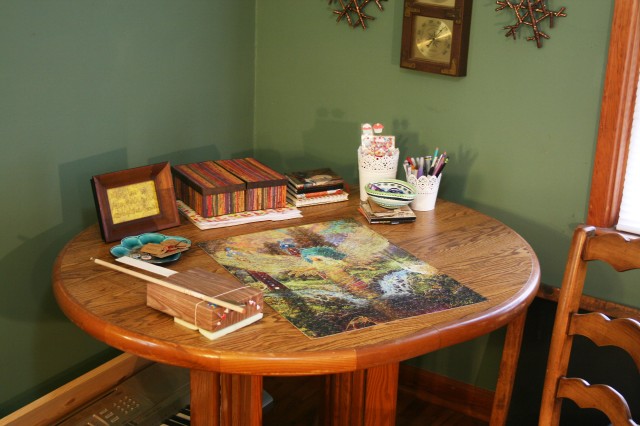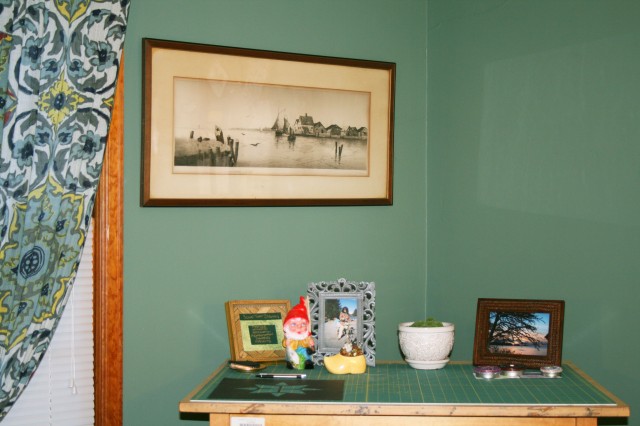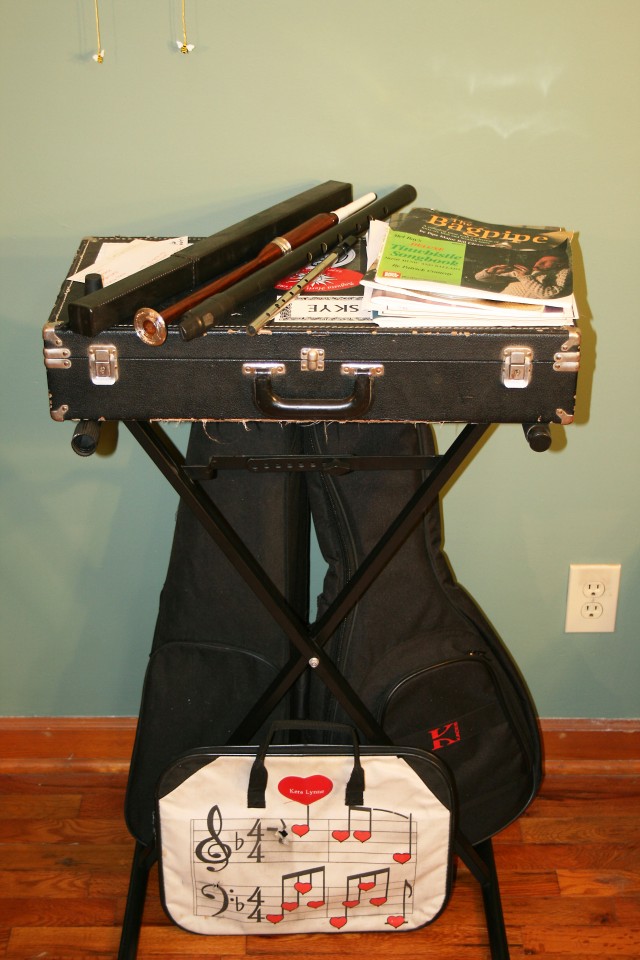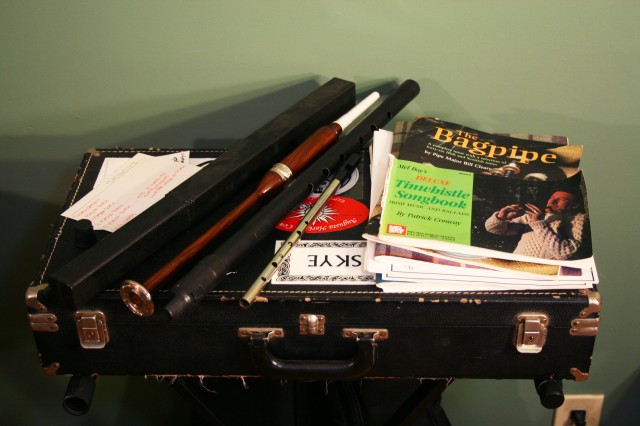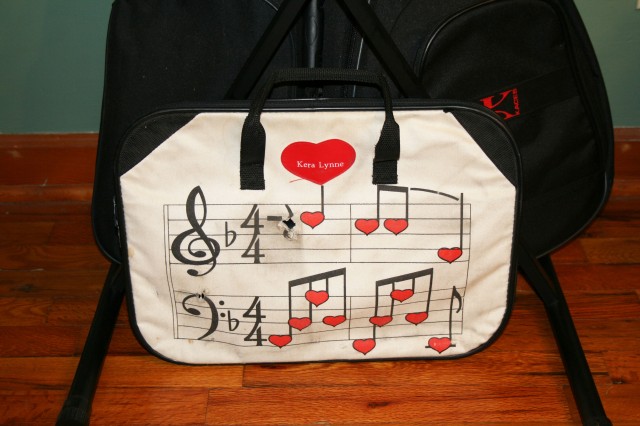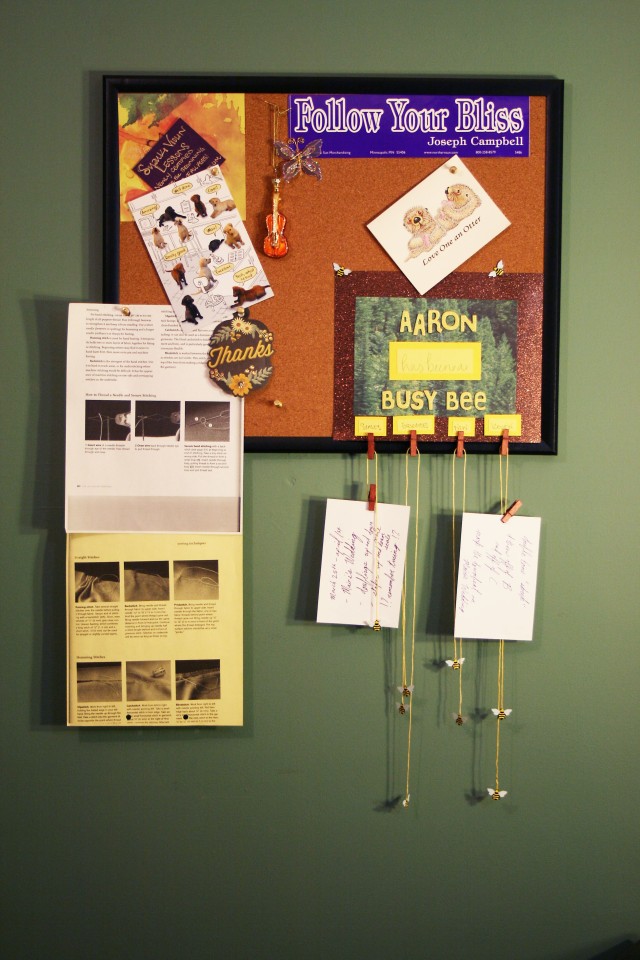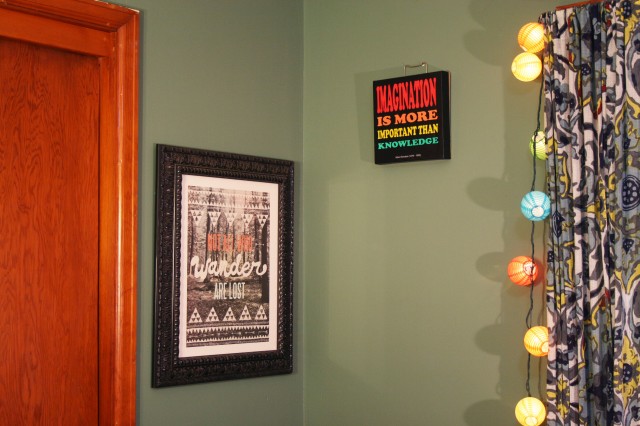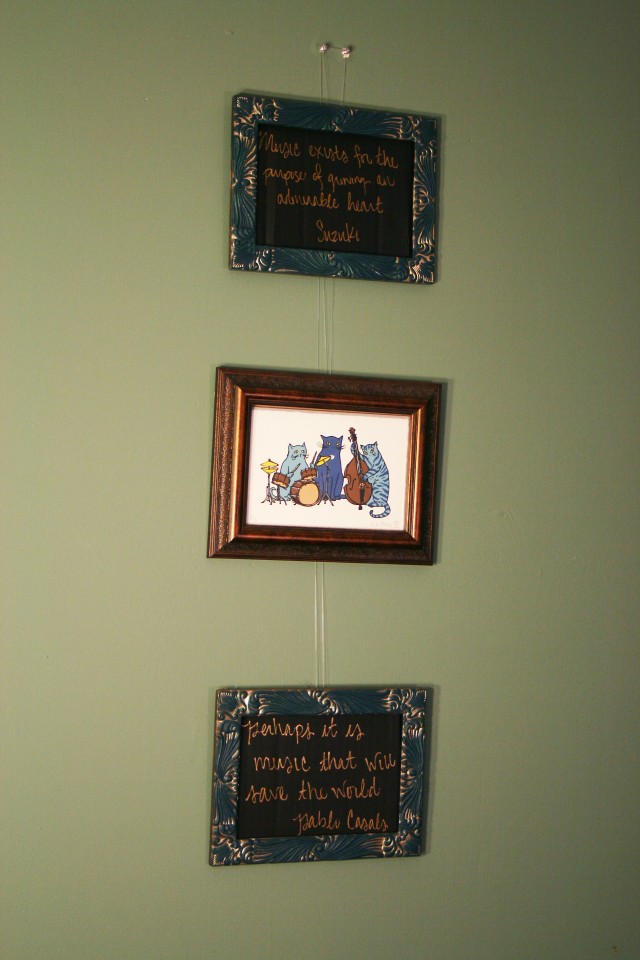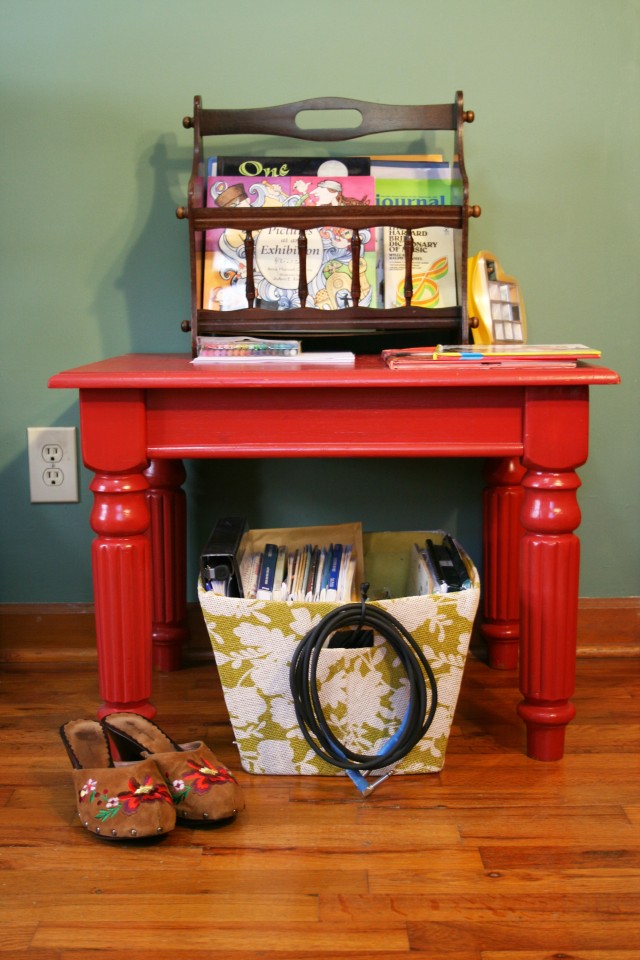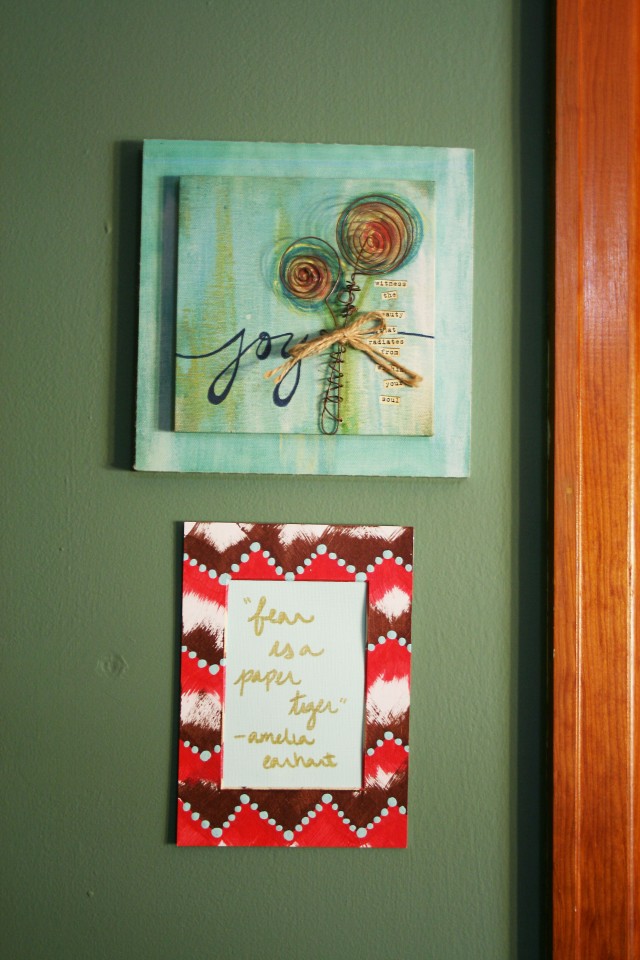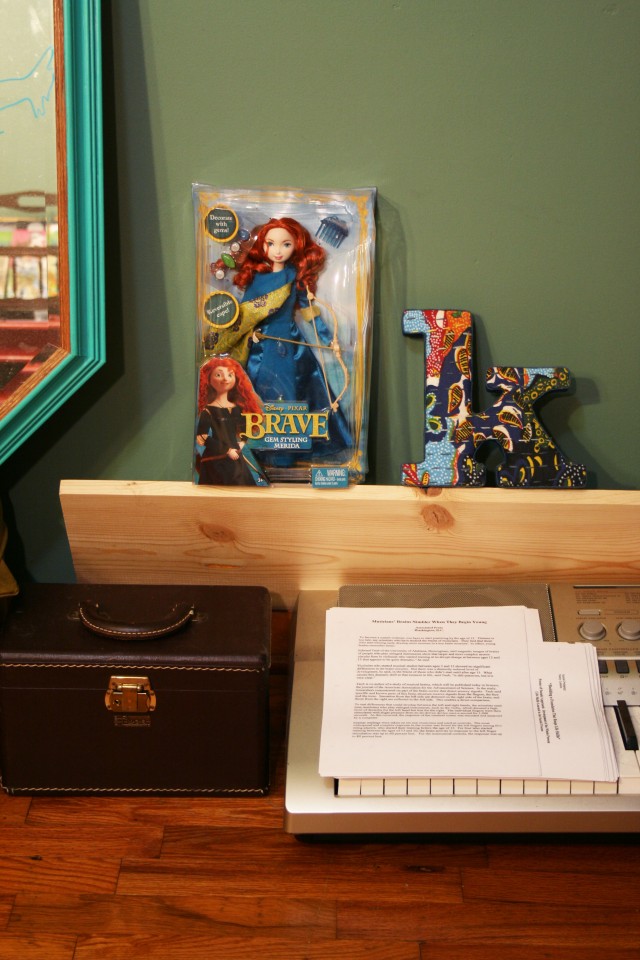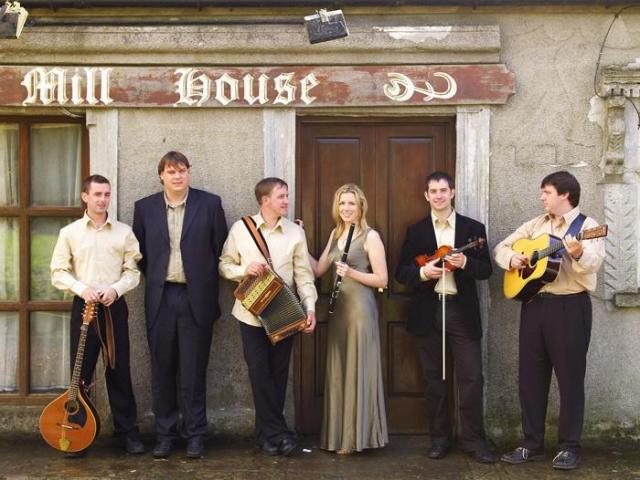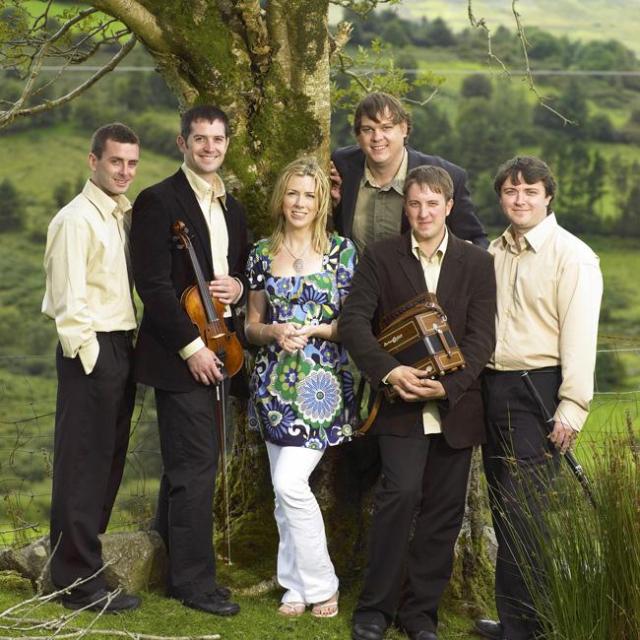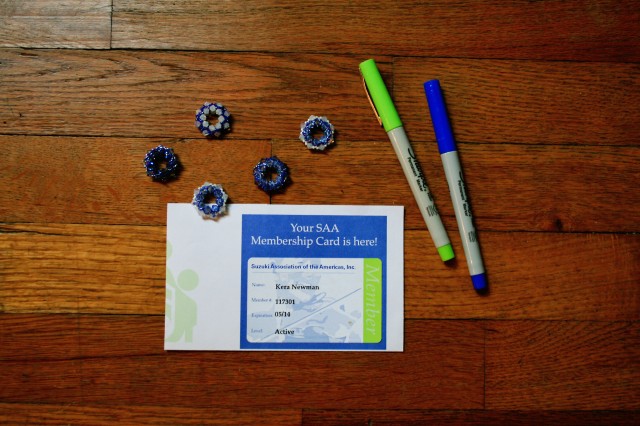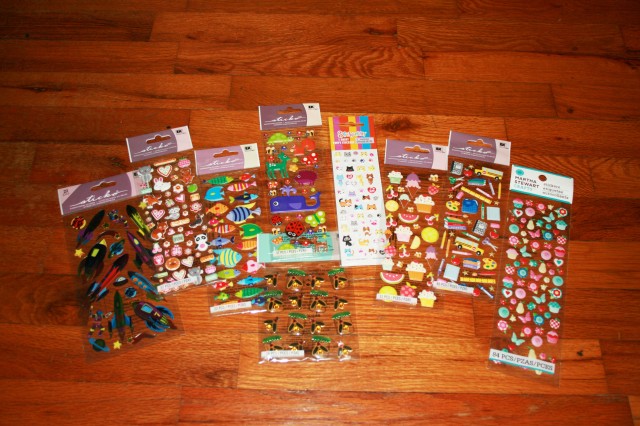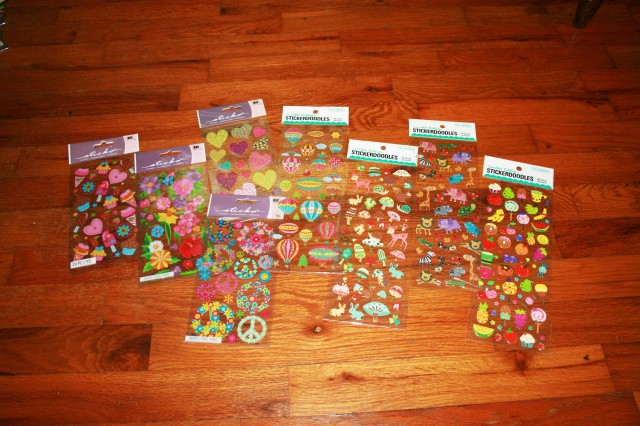I’ve recently decided to be a bit clearer about my expectations for earning stickers on songs as my students move through their repertoire. There aren’t a lot of things more disheartening to me than having to deny a kid a bit of sparkly encouragement, which happens more often than I’d like. So, I’ve decided I need to be more up front about what I consider to be a polished piece.
I’m looking for a frame so I can hang this, but so far no luck in finding a square one I like well enough to have (probably, mostly) permanently on the wall. Each of these are so very important – I’ll try not to play favorites!!
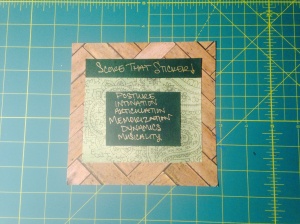
Posture – This is the very first and most important thing to focus on when starting lessons. It is the foundation upon which every other skill is built. Depending on the age kids start, they may spend several months working on proper body positioning and posture with their practice violins and bows before they get to the real thing. If they are quite young or I feel it necessary, we will make a foot chart and stick with that while I teach about straightening up the spine, breathing deeply, placing the instrument very intentionally under the jawbone and holding it with no tension in the neck. We also talk about trying to stay relaxed by bending our knees from time to time or rocking back and forth a bit. Playing an instrument is supposed to look easy and natural – even though it definitely is not, at least at the beginning!
Intonation – If my students aren’t listening, this is a dead giveaway. To start, we use tapes on the fingerboard, and they stay until I am confident that if I remove them it will make no difference. Doesn’t matter how far along in the books they are, if they still need it.. the tapes stay! If I have to I’ll harp on finger placement like an annoying little sister and when the lesson has been learned, I’ll stop. That stretch from first finger B to second finger C# is always particularly tricky for muscle memory. It’s very important to get it properly grounded from the start. That’s why we do scales slowly and deliberately from the beginning, focusing on finger placement, even tone, and of course, proper posture. I always get so excited when my students start making corrections on their own. Inevitably, as more elements are added, the fingers get a bit lazy, so when they start to take ownership of the adjustment simply from hearing that it is out of tune and making the connection from finger placement as the input to pitch as the output, I do a happy dance!!
Articulation – This one mostly comes down to the right side of the equation. This makes all the difference in propelling what type of sound you want to come out of the violin. At the early stages the left hand *merely* places pitch. Does the song call for long legato bow strokes as in O Come Little Children or short staccato stop bows like Allegro? So I look to see what the bow arm is doing. Are the shoulder and elbow relaxed? Is the bow hold sturdy but soft? Do we need to review the precise control it takes to produce a clean stop bow? As one of the most basic articulations we find in music it can’t hurt to review, practice, and strengthen this skill.
Memorization – I’ve considered having one sticker for the initial learning of the song, and another when the student memorizes the song. But after being realistic about my sticker budget and how I’d like to encourage the complete mastery of a song before giving away the glitzy reward, I think that’s not the best idea. Usually by the time they’ve played the song any considerable number of times this comes naturally. And if not, there are quite a few exercises to help it along. Sometimes we’ll take it phrase by phrase; breaking it down into bite-size sections until they have it memorized but maybe don’t even realize it. I also like to map out the form of the song. This helps them find the patterns of repetition and they see that there are only three or four sections to memorize instead of six or eight. Suddenly this perhaps daunting mountain of a task has become much more manageable. Dare I risk putting a bad pun out there and instead saying.. much more scalable?!? I dared!
Dynamics – I try to teach dynamics from the start so I don’t have to go back and teach them later. At least when I play the song for them so they can be taking it in – even if it is unknowingly. Certainly they should be picking up dynamic nuances from listening to their CDs, but again I can’t always make it happen. No matter how much I talk about it or pass out articles on the value that listening adds to the learning experience, sometimes it doesn’t seem to translate as something parents actually believe in and will enforce as an expectation at home. More about that later. If students are aware of the dynamic markings and displaying what I consider to be a distinguishable difference in their playing – I’ll take it.
Musicality – This one generally comes with practice, listening, and time. It is the difference between a piece sounding fine – all the elements are there but it lacks a certain finesse – and sounding polished. There are a few specific things to discuss here: phrasing and spacing, following the natural movement of the song, and remaining loose and relaxed while playing, though many of them aren’t taught as much as they are simply picked up through a wide and varied exposure to music. This natural feeling for the way notes and melodies are delivered in a generally pleasing manner to the listener can be gleaned from most genres of music, but I will say certain inflections are more commonly used in some than others. At the end of all the talk of technicalities, music is really about evoking emotion and encouraging the partaker to feel something they haven’t in a while or maybe never have before. So what I listen for is a genuine connectivity to the art my students are making and an awareness about how their music and their sensitivity to it can affect those around them.
Once I see that all these elements have been satisfied – on a sliding scale of course – I let them have the sticker of their choice and everyone walks away from the lesson feeling accomplished. Me for teaching effectively and the student for improving upon or mastering a skill they didn’t have a handle on maybe one or two or five lessons ago. Everybody feels great about the hard work they’ve put in, positive vibes are happening, and students are highly likely to continue this path of positive reinforcement and affirmation as they take on their next challenge!
